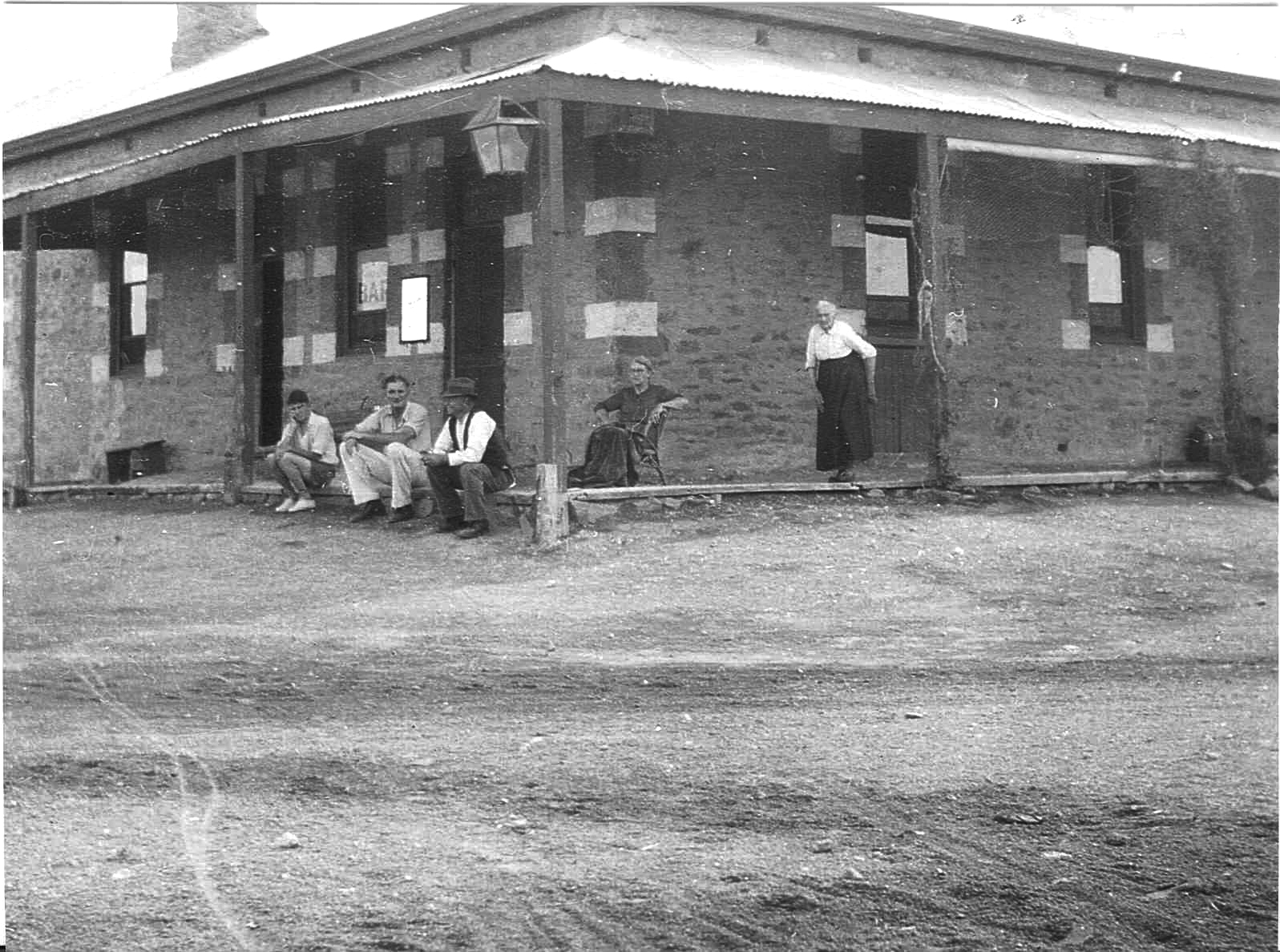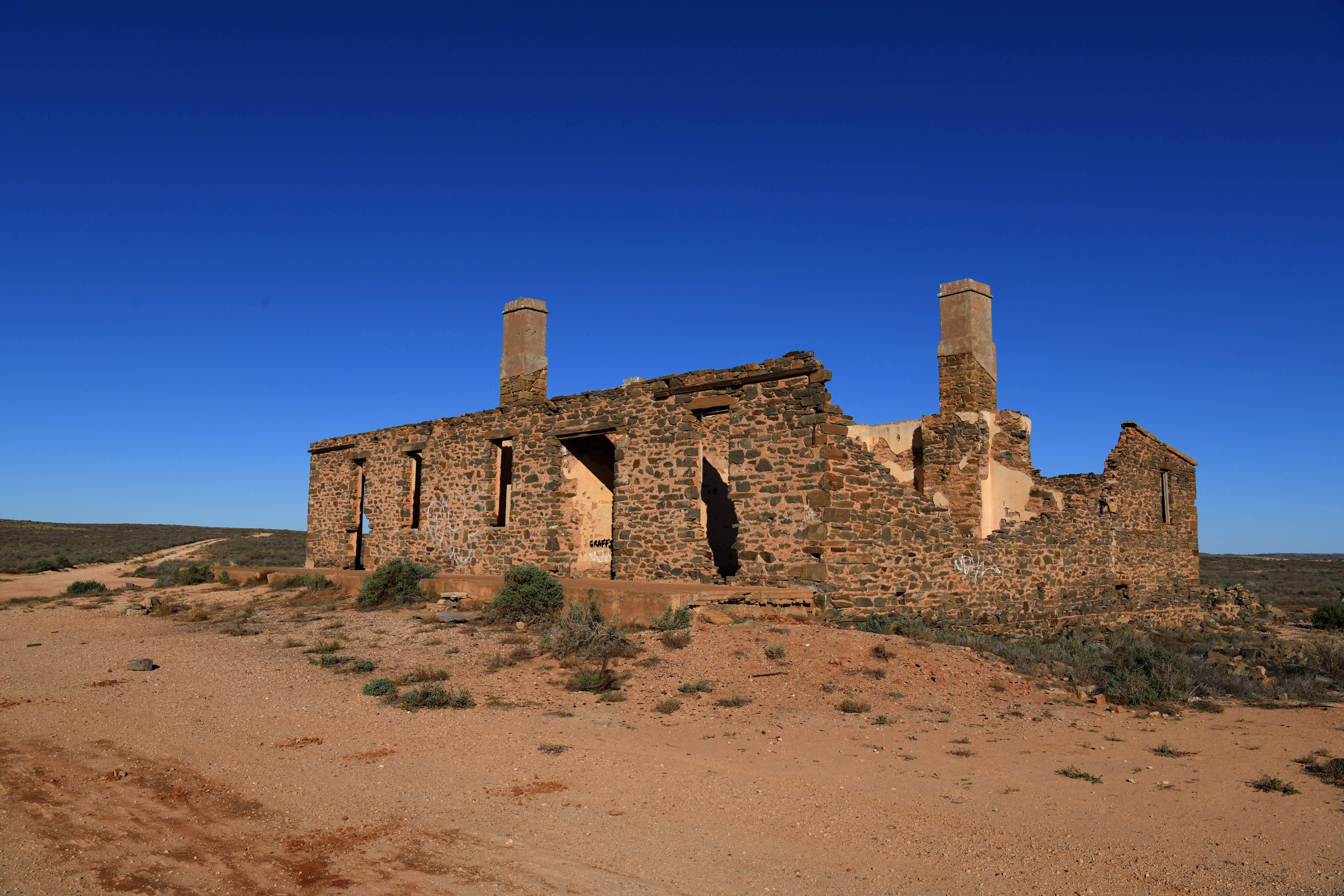Did you know South Australia had its own gold rush?

Gold was discovered in small quantities in South Australia as early as 1847, in the Barossa and Echunga goldfields, but a little-known chapter unfolded on the saltbush-punctuated arid plains around Waukaringa, 300km north-east of Adelaide.
It followed the discovery of gold on the Teetulpa pastoral run, about 35km north of Yunta, by James Watson in 1873. There was little of the fuss and upheaval witnessed in other parts of the country because the local economy was doing well, with farming the mainstay. Waukaringa saw no mad inpouring of expectant diggers hoping to strike it rich. Instead, it developed slowly and quietly over a number of years, and in the end became one of the most enduring goldfields in South Australia, producing gold well into the middle of the 20th century.
It began as an alluvial goldfield with a small number of individual miners, but the advent of deep lead – and quartz – mining changed its nature. These operations were labour, capital and technology intensive and signalled a major shift from the era of the independent itinerant gold-digger of old to that of professional mining companies employing waged labourers.
By 1882, with confidence in Waukaringa growing, large numbers of new leases were being issued. Grocery, drapery, ironmongery and general stores began to pop up and Waukaringa became a sizeable town, despite the chronic water shortages that affected the region.
The SA government decided to survey a site for an official town about 1.6km from the mine, and on 1 November 1888, the township of Waukaringa was proclaimed with a hotel, school, bakehouse, wine saloon, billiard hall and 50 houses. The census of 1890 recorded 750 people living there. The water supply was secured from run-off that was channelled into a large underground tank covered by a corrugated iron roof that can still be seen today.
During the working life of the mines, Waukaringa produced 1400kg of gold, but by the 1950s, the place was struggling to survive and the last business to close was the hotel in the 1970s. Today, Waukaringa is a ghost town – formally declared to have ceased to exist on 8 July 1982. You can still see the impressive ruins of the hotel along a track off the main road (A32) to Yunta. The stone chimney from the Alma-Victoria goldmine can be seen atop the hill above the town, and there are gravesites in the old cemeteries still visible, among other relics.







